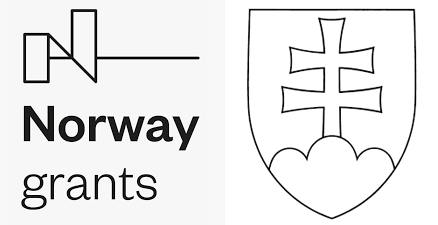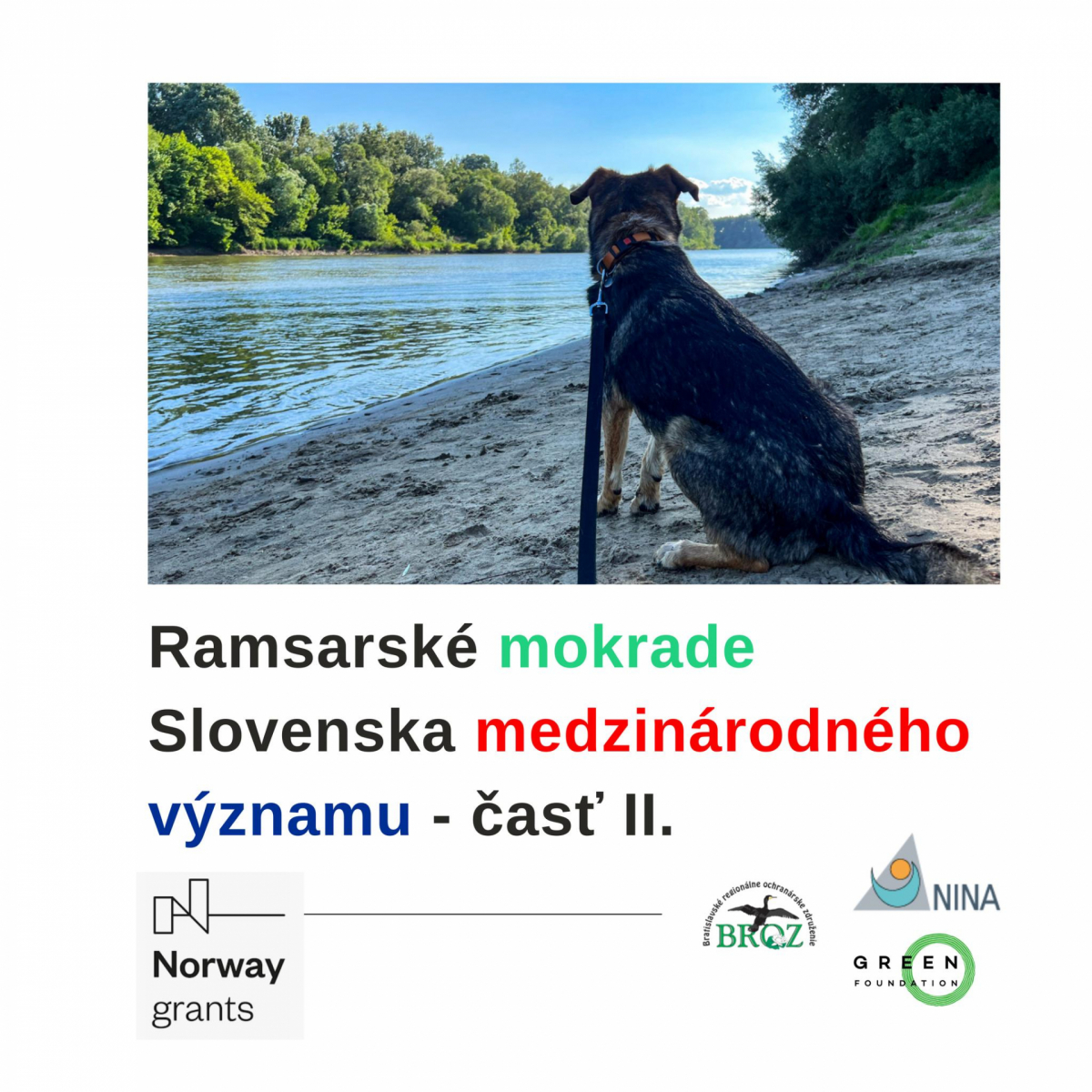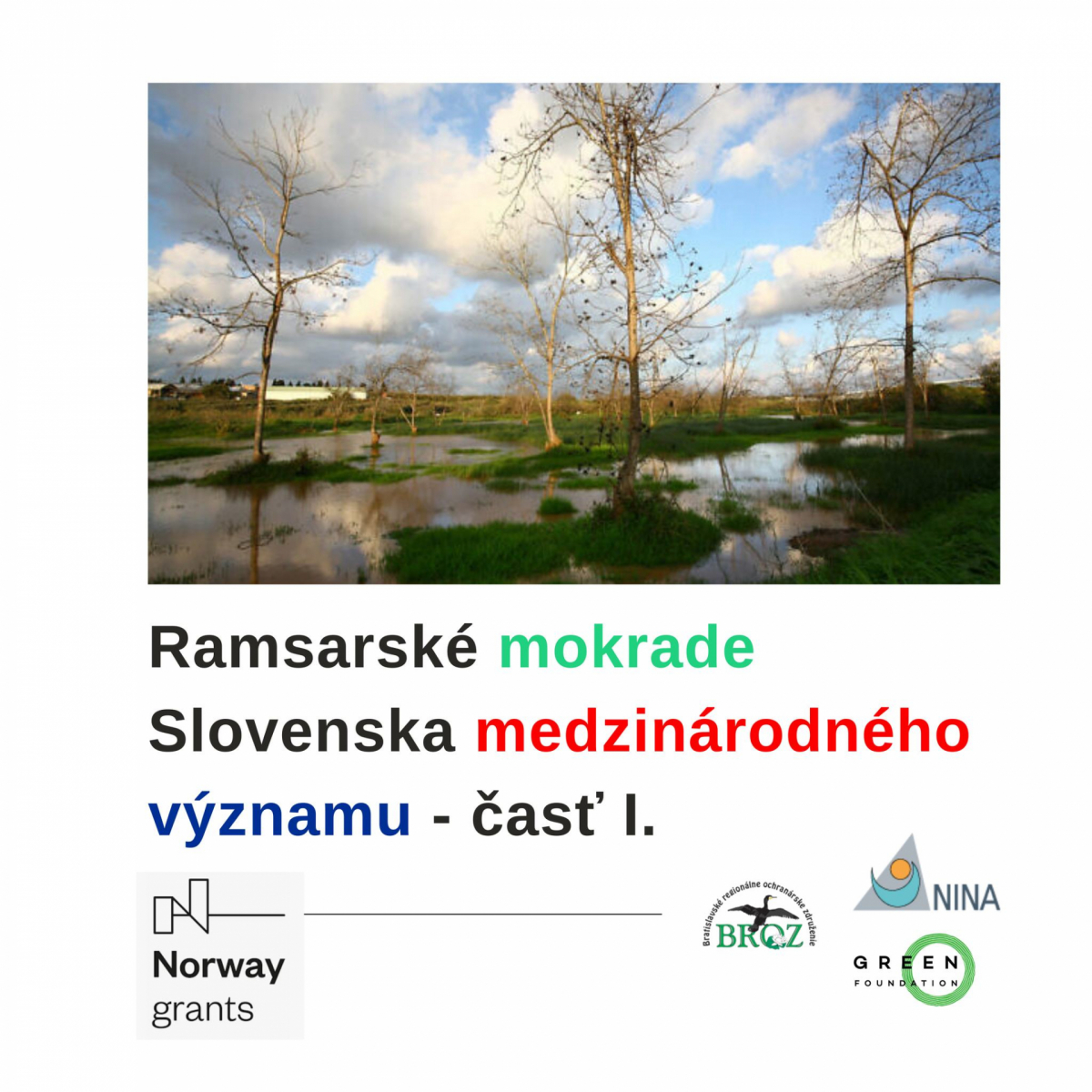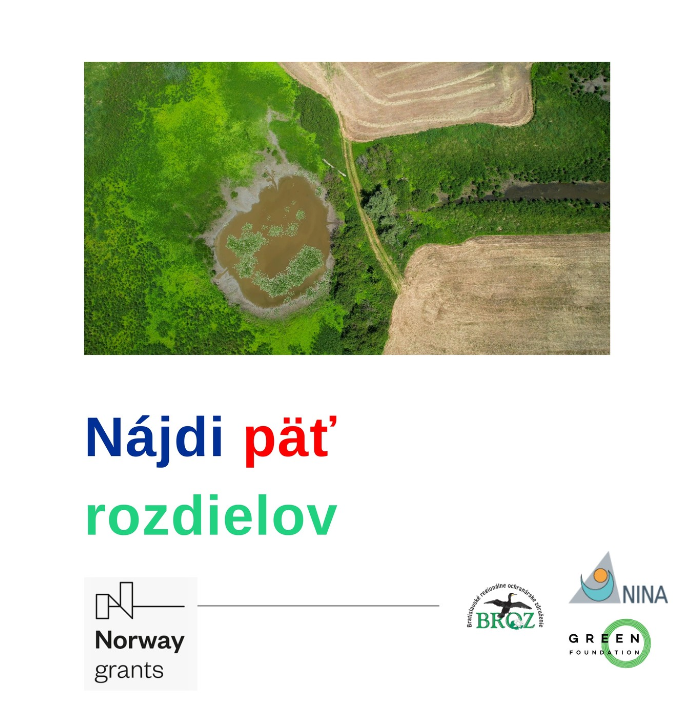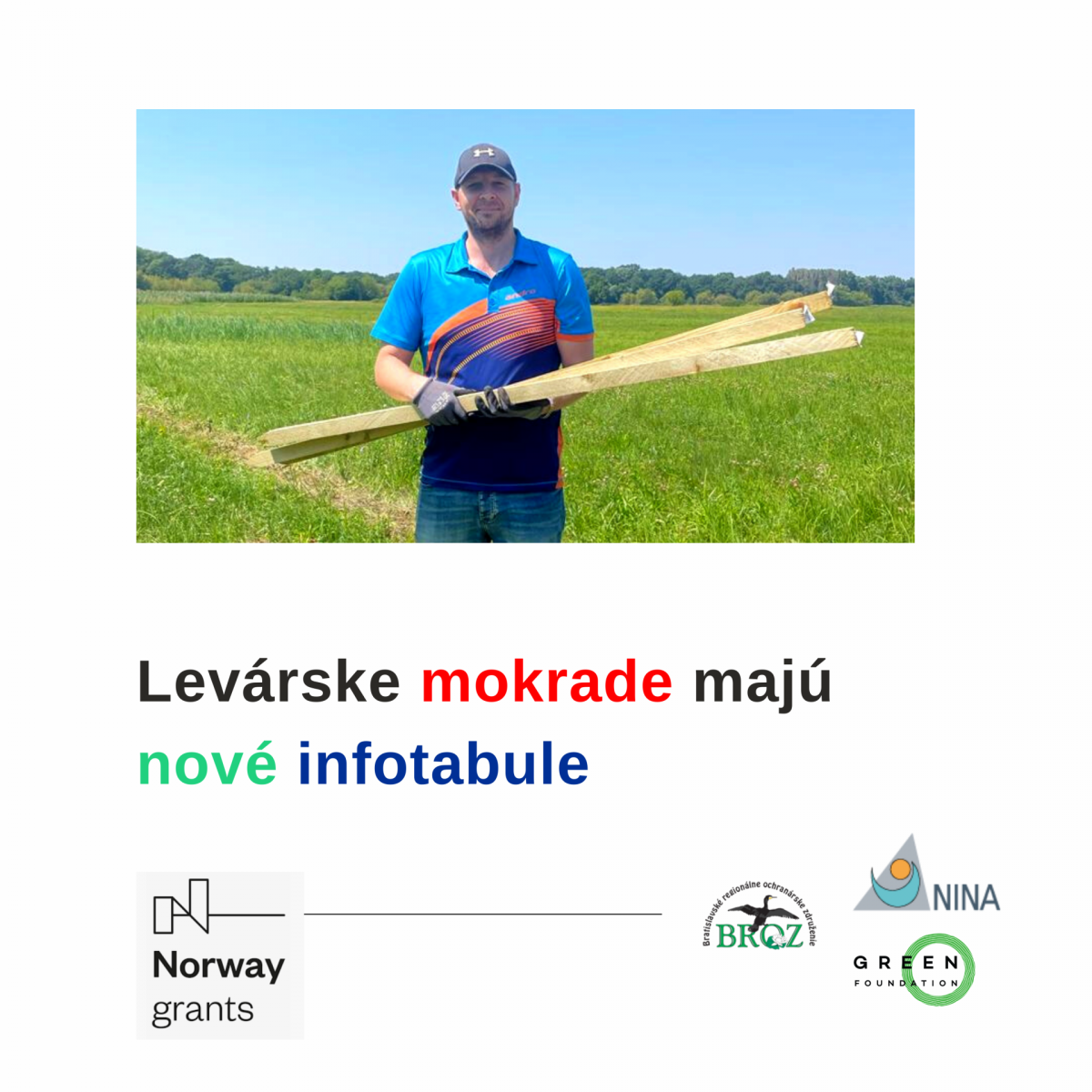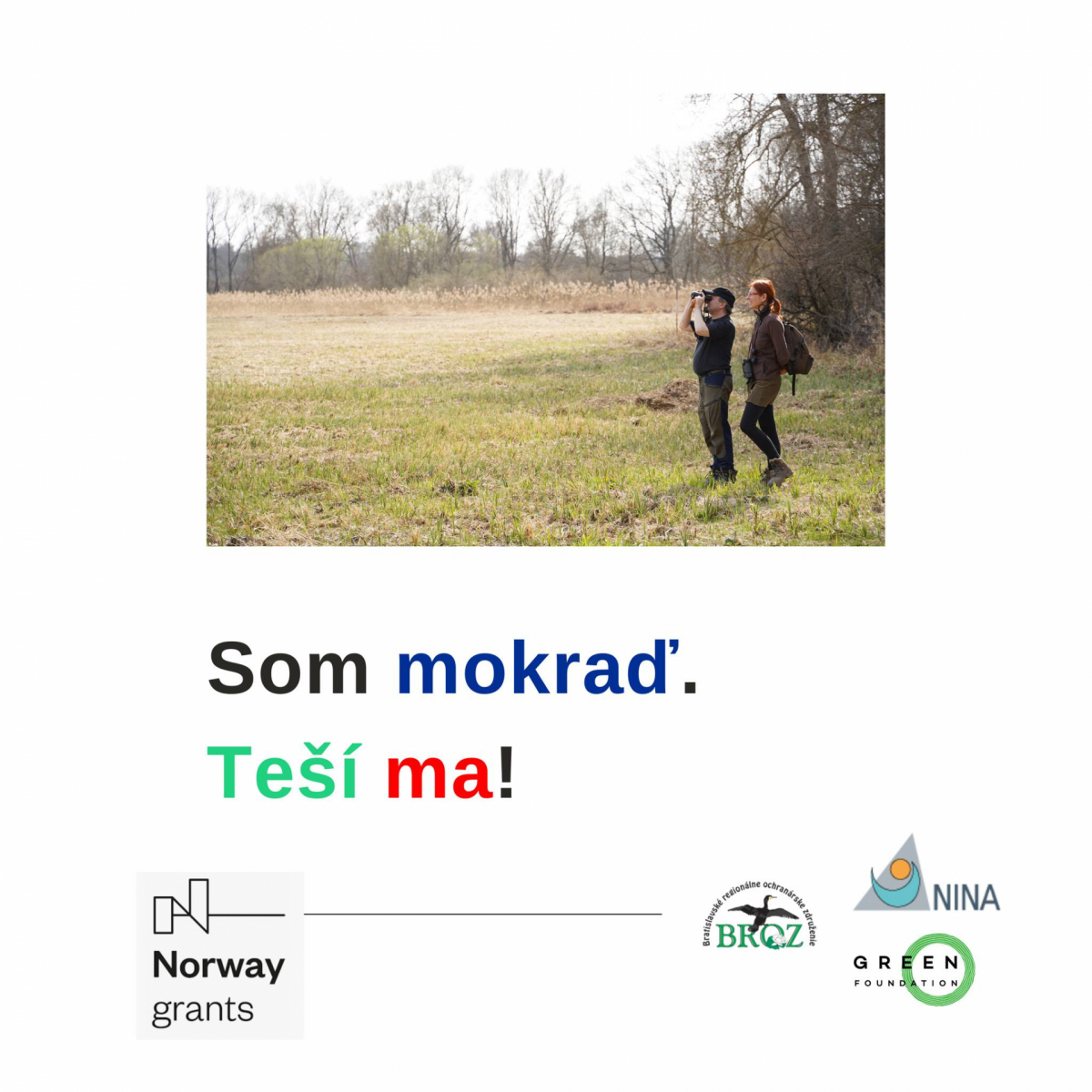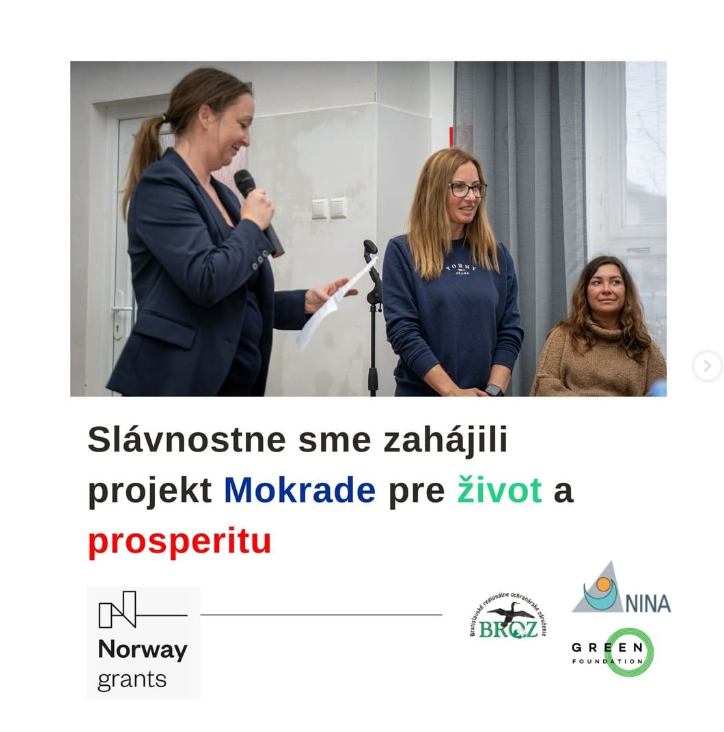16.8.2022 - RAMSAR WETLANDS OF SLOVAKIA OF INTERNATIONAL IMPORTANCE - PART II.
In Slovakia, we have 14 wetlands of international importance, which are registered as Ramsar sites.
#7 Wetlands of the Orava Basin
#8 Mokrade Turca
#9 Poiplie
#10 River Orava and its tributaries
#11 Domica
#12 Tisa
#13 Caves of Demänovská dolina
10.8.2022 - RAMSAR WETLANDS OF SLOVAKIA OF INTERNATIONAL IMPORTANCE - PART I.
In Slovakia, we register 14 wetlands of international importance, which are registered as Ramsar sites.
#1 Paris swamps
#2 Hay ponds
#3 Šúr
#4 Danube floodplains
#5 Latorica
#6 Niva Moravy
#7 Alluvium Rudava
29.7.2022 - SPOT A DIFFERNCE
You are looking at the same wetland. One shot is from the beginning of June,
the other is taken a month later. The water in the wetland with the local name
„Raudazi“ experienced a long-lasting intense drought, most of the water
soaked up or evaporated during the hot month, and the wetland served as an
important element for the surrounding microclimate, as a watering hole for
animals and a habitat for insects, amphibians and waterfowl. An important role
in an agricultural country.
How could we ensure that the wetland is full of water even in the heat of
mid-July and continues to fulfill its function?
Thanks to the fact that the groundwater level here is high – roughly
1.5 meters deep, it will be enough to deepen the wetland a bit and dig some
parts and so on, we will ensure that it will be subsidized by water for the
greater part of the year.
And this is exactly what we are going to do in cooperation with BROZ and the
Norwegian Institute for naturforskning within the project ACC04P01 Wetlands for
life and prosperity.
26.7. 2022 - LEVARE WETLANDS HAVE NEW INFO BOARDS
The team working on the ACC04P01 project „Wetlands for Life and Prosperity“ managed to install three new information boards at the project site.
22. 6. 2022 - WHY ARE WETLANDS IMPORTANT?
A wetland can be characterized as a biotope whose existence is conditioned by water. This area can be permanently or seasonally waterlogged. It is the presence of water that creates a specific biotope in the country with characteristic moisture-loving vegetation, such as reeds and moisture-loving plant species, which provide suitable conditions for various species of animals, from insects to mammals. For people, the attractiveness of wetlands is increased by the possibility of observing rare species of waterfowl. In Slovakia, we have several types of wetlands: river floodplains, marshes, bogs and fens.
In the course of the past century, we witnessed the disappearance of many wetland biotopes as a result of anthropogenic interventions. The reason was the effort to transform wetlands into productive or other useful land. However, they also disappeared during the implementation of some anti-flood measures. Scientific studies show that almost 64% of the world's wetlands have declined since 1800. This is a serious negative trend considering that wetlands play an irreplaceable role in the country. They belong to the most productive ecosystems in the world: they participate in the removal of chemical and organic waste from water, thus becoming an irreplaceable source of drinking and service water, they are a source of food, they support biodiversity, they protect against floods and erosion, and they store carbon dioxide. From an economic point of view, they provide a whole range of cultural ecosystem services in the form of tourism. Wetlands represent centers of recreational and tourist activities that increase the economic status of many areas.
We became fully aware of these facts with climate change, which shows that only a varied landscape can effectively dampen the effects of climate change and increasingly frequent weather fluctuations. However, the current alarming situation is not irreversible. Many of the mistakes of the past can be corrected. However, change for the better is a long-term process that requires the involvement of all of us. The sooner we start, the more stable the country will be for our future generations.
Source: https://broz.sk/…-ich-vyznam/
14.6.2022 - I AM A WETLAND. NICE TO MEET YOU!
There are several types of wetlands in Slovakia. We distinguish them mainly on the basis of vegetation. A wetland is often associated with the idea of a body of water covered with reeds. Flooded meadows belong to the species-richest wetlands in the temperate zone. They serve as a nesting place for many birds, they provide a lot of food for animals and people.
A special chapter is peat bogs, which are created in places permanently supplied with surface or underground water. In such conditions, there is a lack of oxygen, there is an accumulation of dead plants and the formation of peat.
Peatlands permanently supplied with groundwater are called bog peatlands. They are communities dominated by low sedges and bryophytes.
Highlands are formed where there is enough rainfall, they have extremely acidic soil. The lack of mineral substances and complete dependence on rainwater suits only a limited number of species. We can also find carnivorous plants here, which make up for the lack of nutrients by catching insects.
Peatlands are very rare and endangered. Similar habitats can be covered with bushy willows or trees – alders, poplars, willows, birches, pines or spruces. Then we talk about wetland scrub and wetland forests, such as floodplain and bog forests
Source: https://daphne.sk/…e_mokrad.pdf
6. 6. 2022 - WE HAVE MADE PROGRESS IN THE RESTORATION OF THE MEADOWS
A selection of natural meadows took place, where the seed will be collected
for weeding the arable land.
In cooperation with BROZ (Bratislava regional conservation association) and
Norsk institutt for naturforskning.
31. 3. 2022 - WE HAVE LAUNCHED THE PROJECT ACC04P01 WETLANDS FOR LIFE AND PROSPERITY WITH A CEREMONY
On March 31, 2022, we started the project ACC04P01 Wetlands for life and prosperity. The event was held in the local cultural center of Malé Leváre and was attended by over 50 guests.
Among them, we welcomed ladies Mariann Ruud Hagen (Deputy Head of Mission) and Eva Gašpernova (Senior Advisor on EEA and Norway Grants), both from the Royal Norwegian Embassy in Bratislava, the founder of the Green Foundation, Mr. Boris Zelený, and online representatives of the Program Manager from MŽP of Mr. Denis Knotka and Mrs. Katarína Fajčíková. Among those present were the residents of the Malé Leváre village under the leadership of the mayor Adrian Pernecký.
We would like to thank the municipality for providing the premises.
The project was supported by Norway through Norwegian grants and co-financed from the state budget of the Slovak Republic through a grant in the amount of 624,969 euros. The project is implemented as part of the SK-Climate program.
You can find more information about Norwegian grants here: www.norwaygrants.sk
